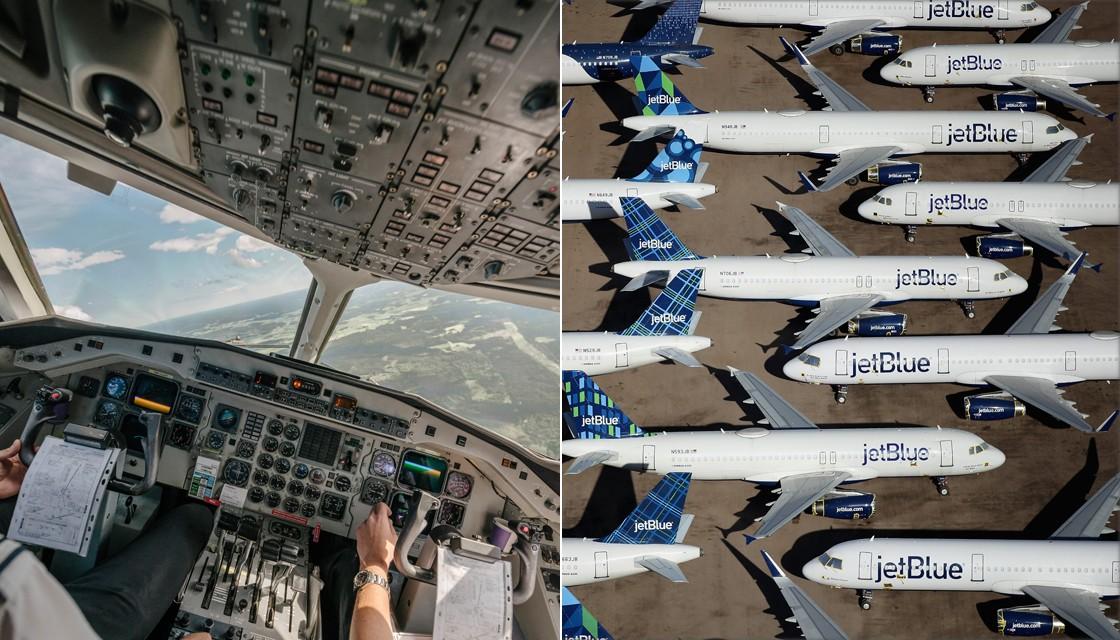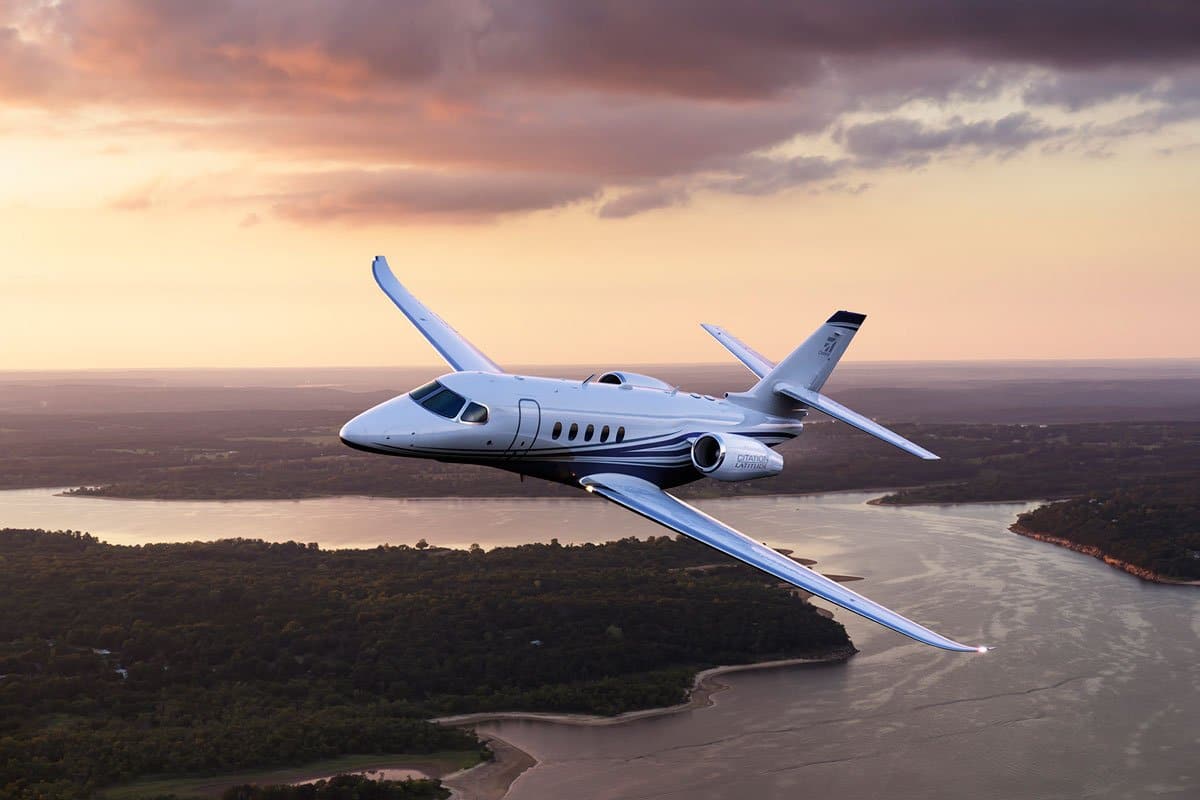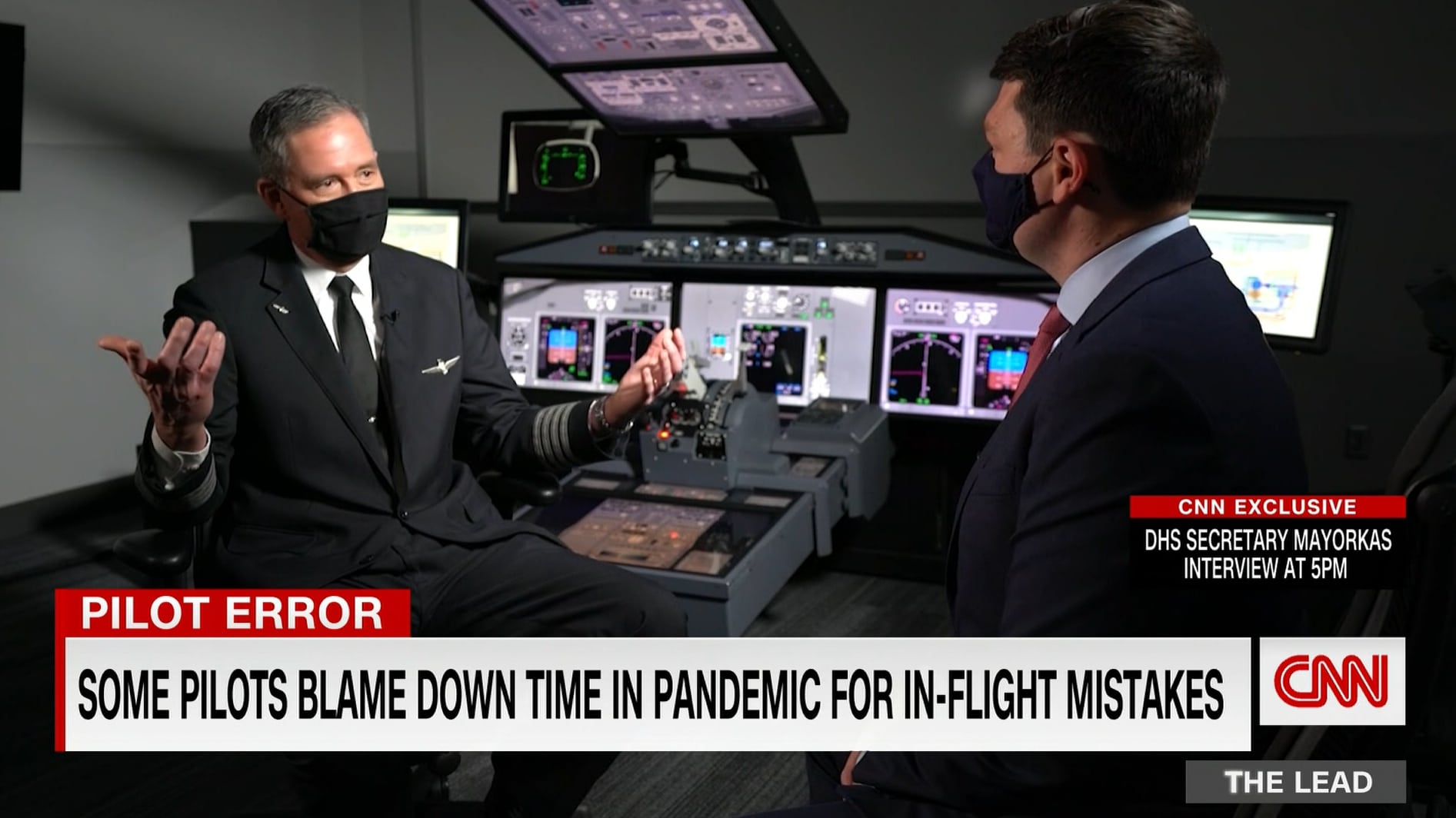The Mandate
On-Aircraft Advanced UPRT became mandatory as of December 2019
On 20 December 2018, Commission Regulation (EU) 2018/1974 entered into force. This Regulation amends Commission Regulation (EU) No 1178/2011 (the Aircrew Regulation) by introducing new requirements for upset prevention and recovery training (UPRT) for pilots in its Annex I (Part-FCL). Effectively on-aircraft Advanced UPRT (FCL.745.A) became mandatory from 20th December 2019.
The new requirements are laid out in a new article 4b on UPRT for all ATPLs, all MPLs and some CPLs for certain class and type ratings.
A link to the EASA Regulatory are located here and further reference material at the end of the document.
Decision 2019/005/R contains the related acceptable means of compliance (AMC) and guidance material (GM) as well as revised AMC & GM to Annex VII (PartORA) to the Aircrew Regulation regarding the implementation of Advanced UPRT in type rating training programmes of approved training organisations (ATOs). Additionally, this Decision amends the AMC & GM to Annex I (Definitions) and Annex III (Part-ORO) to Commission Regulation (EU) No 965/2012 (the Air OPS Regulation) in order to align the existing UPRT provisions for operator-related training with the new UPRT regulatory framework in Part-FCL.
A link to the UPRT Guidance may be found here.
On-Aircraft UPRT Regulations & Requirements – Highlights
1.The industry and regulators have focused on UPRT because loss of control in flight is the single largest cause of commercial aircraft accidents and fatalities.
2.Airbus, ATR, Boeing, Bombardier & Embraer published the industry standard Aeroplane Upset Prevention and Recovery Training Aid – AUPRTA Rev 3.0 – February 2017.
3.All pilots studying for new ATPLs and pilots undergoing their first type rating course in multi-pilot operations, are now required to undergo the new Advanced UPRT course FCL.745.A as of 20 December 2019.
4.It is not a regulatory requirement for existing commercial pilots (ATPL/CPL/MPL) to undergo the Advanced UPRT course. Page 8 of the Explanatory Note to Decision 2019/005/R states that “The completion of the advanced UPRT course is a prerequisite for the issue of a type rating for single pilot high-performance complex aeroplanes, single-pilot aeroplanes in multi-pilot operation and multi-pilot aeroplanes (see point FCL.720.A, as amended). However, many current pilots will not have completed this training and, while it could be beneficial, there is no requirement for pilots already holding a type rating to complete this course.” However, many organisations are choosing to have some or all of their existing pilots undertake this training.
5.The requirements for FCL.745.A ie the AMC (Acceptable Means of Compliance) and GM (Guidance Material) were published in February 2019.
6.The training requirement under FCL.745.A is 3 hours of actual UPRT. Any activities not directly associated with UPRT such as taxy, transit, circuits, approaches etc do not count towards this 3 hours.
7.Pilots with aerobatic experience have no exemptions from the Advanced UPRT course. Whilst such pilots may be less impacted by the physiological aspects of the training, the UPRT Syllabus is materially different and in fact includes no standard aerobatic manoeuvres.
8.Several UPRT study groups and the regulators have determined that the primary value of on-aircraft UPRT is to enable pilots to deal with the psychological and physiological effects of recovering from flight upsets. Flight profiles mimic the G-force range of commercial airliners and are typically flown between +2.5G and -1.0G.
Advanced Pilot Training
VERTICAL provides specialized UPRT safety and refresher training for independent and corporate aviation – all airlines, internationally and within MENA.
Our range of comprehensive and immersive courses comply with mandates imposed by IATA and International Civil Aviation Organization ICAO to eliminate LOC-I (Loss of Control In-flight)
- VERTICAL meets the requirements of Advanced UPRT Course – On Aeroplanes
- This course complements UPRT in FSTDs by providing exposure to psycho-physiological conditions, which cannot be delivered by the motion systems of today’s qualified FSTDs.
- OEM (Original Equipment Manufacturer) recommendations for recovery from nose-high and nose-low attitudes are not necessarily procedural as the number of possible upset conditions and energy states are infinite; they are for guidance only and present a series of options for the crew.
- VERTICAL UPRT provides positive ‘feel’, tactile response to prevention and recovery procedures, removing the FSTD ‘fidelity level’ limitations.
- We have the correct training aircraft to expose trainees to the conditions that cannot be replicated in an FSTD
- We put the emphasis on prevention by recognition and avoidance
UPRT-Upset Prevention and Recovery Training

All airlines now require ON AIRCRAFT TRAINING programs to support the requirement of upset prevention and recovery training.
VERTICAL is currently the only training facility to cater for the volumes of airline and corporate/ executive jet pilots who require training in MENA and Asia. We also offer competitive training packages for European based operators.
UPRT - Advanced
3 day Course
UPRT - Condensed
2 Day Course
Airline Pilot Refresher
2 Days
Register Your Interest For Course Availability

….“If you think experience is expensive, wait until you see the cost of incompetence….”
Highlighting the Importance of Pilot Refresher Courses

News reports highlighting the importance of pilot refresher courses, especially in light of pilot downtime due to the pandemic.
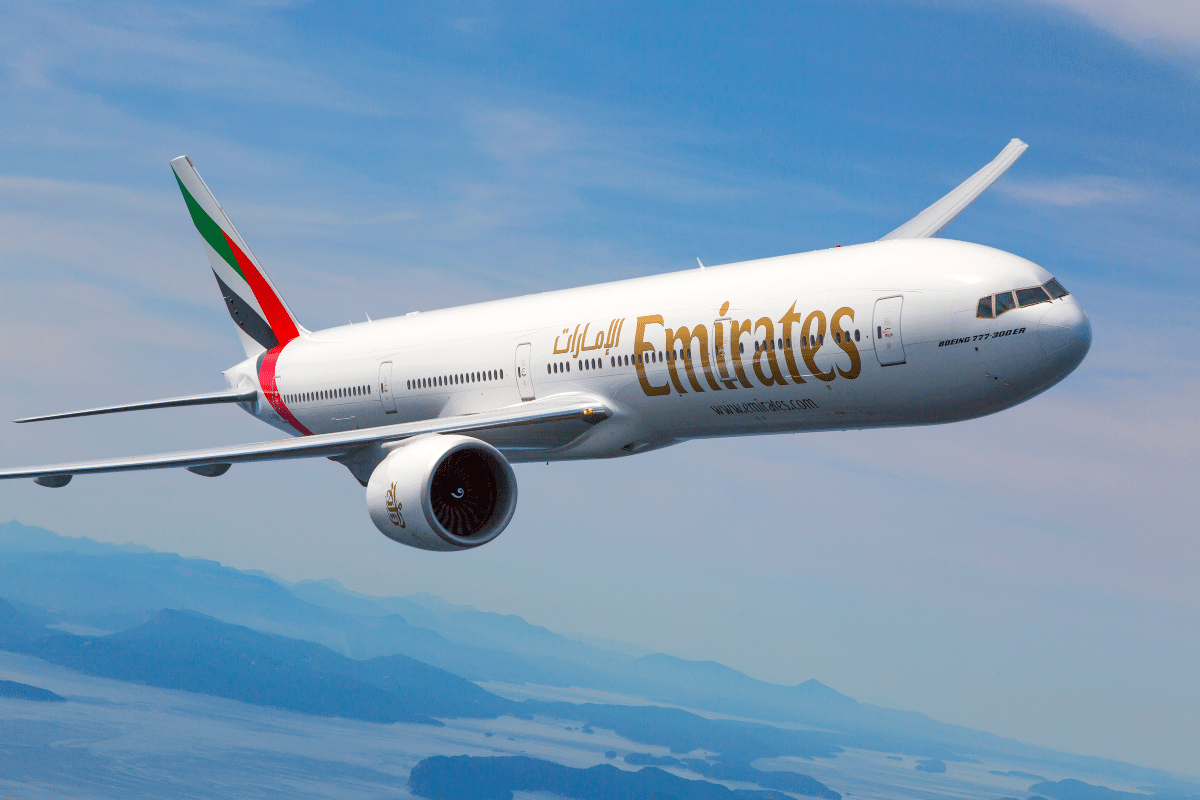
Emirates Boeing 777 Takes Off After The Runway’s End In Dubai
Emirates is in the spotlight after an incident in Dubai before Christmas raised questions about some pilots’ skills and experience levels. Last week, a Boeing 777-300ER bound for Washington DC overran the runway while taking off, narrowly missing houses close to the airport.
Emirates jet passes over homes at just 75 feet
According to The Aviation Herald, the Emirates Boeing (registration A6-EQI) was operating EK231 from Dubai to Washington DC on Monday, December 20, when the incident occurred. EK231 is the regular 02:35 departure across to DC.

Qantas pilots making errors after long periods without flying
Qantas is finding that pilots who have not flown for long periods due to the Covid-19 pandemic are making errors such as commencing take-off with the park brake on, and need more time for routine procedures.
The problems are outlined in an internal Qantas memo obtained by the Sydney Morning Herald and The Age, and underscore the challenges facing airlines worldwide as out-of-practice pilots return to full duties after being stood down. In the memo, the heads of Qantas’ fleet operations say the two-year disruption from the pandemic had “created a situation where expert pilots have lost recency and experienced a subsequent reduction in cognitive capacity”.
The Problem with Automation: Humans vs. Machines
Mastering automation is a foundational skill required to safely operate any modern state-of-the-art aircraft. Under normal circumstances, automation reduces workload, creates efficiencies, and, to a fault, is highly dependable. On rare occasions, these highly reliable systems present pilots with an unexpected, obscure, or highly complex scenario that if mismanaged may quickly deteriorate and jeopardize the safety of flight.
The challenge for professional pilots is to not only understand their own human cognitive limitations but to fully comprehend their aircraft’s automated systems and how each relate.

Rusty Pilots Making Flying Errors Is Next Aviation Headache
On Sept. 15, an Indonesian flight carrying 307 passengers and 11 crew to the northern city of Medan momentarily veered off the runway after landing, sparking an investigation by the country’s transport safety regulator. It found the pilot had flown less than three hours in the previous 90 days. The first officer hadn’t flown at all since Feb. 1.
